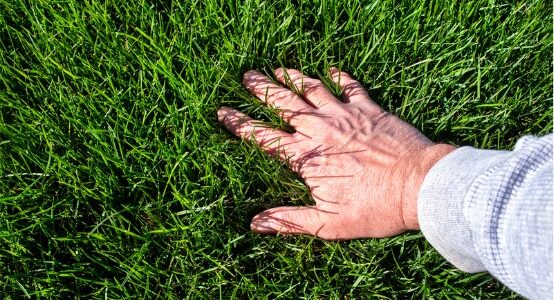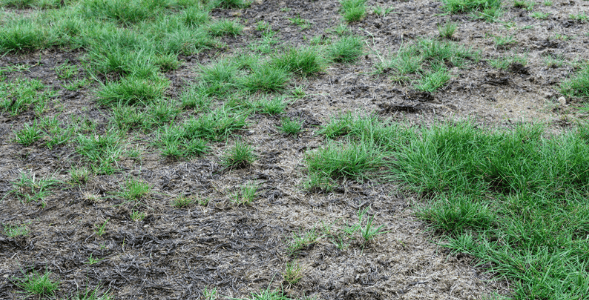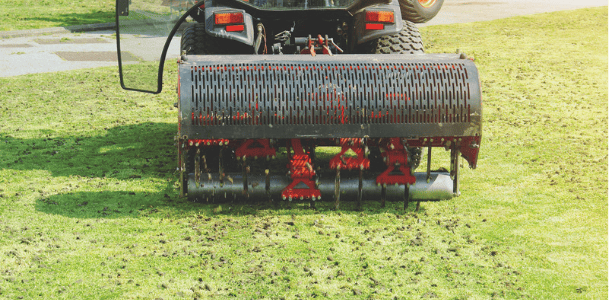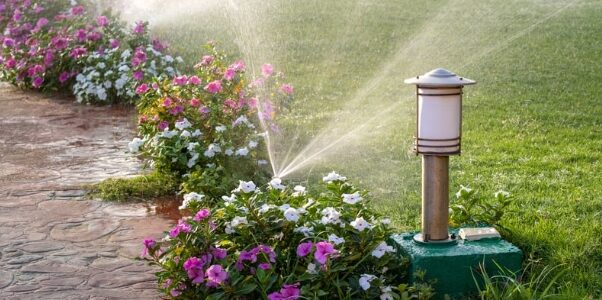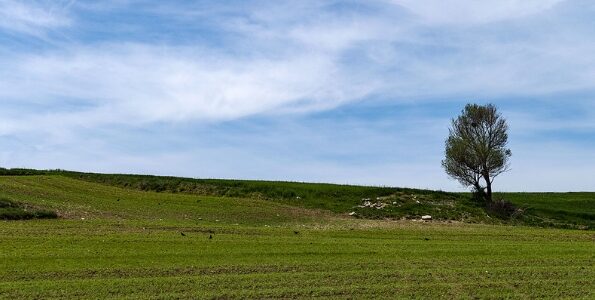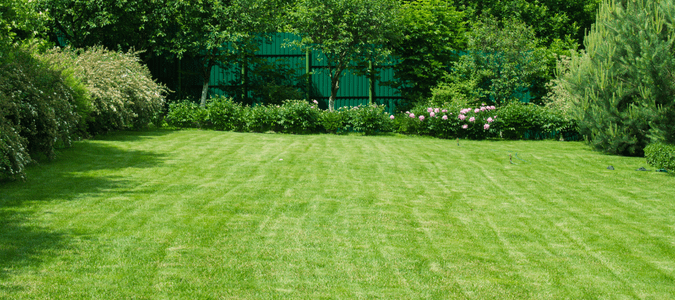How to Repair and Revitalize a Damaged Lawn
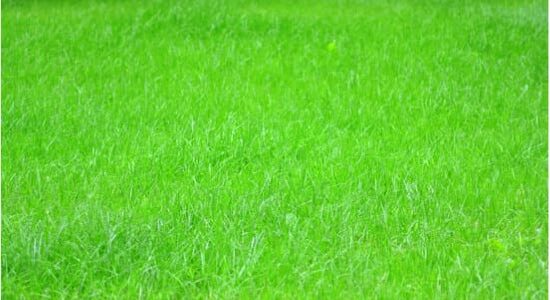
Revitalize Your Lawn
How to Repair and Revitalize a Damaged Lawn
A lush, green lawn enhances the beauty of any home, but achieving and maintaining this can be challenging. Various factors, such as compacted soil, lawn diseases, and extreme heat, can cause damage, leading to dead patches and brown grass.
Repairing and revitalizing a damaged lawn involves a combination of proper lawn care practices, soil management, and consistent maintenance. Here’s a comprehensive guide to help you bring your lawn back to life.
First, assess the condition of your lawn. Identify areas with dead grass and brown lawn patches to understand the extent of the damage. Dead grass can result from several factors, including drought, pests, or diseases, and may require different treatments depending on the cause.
For instance, lawn diseases may necessitate fungicides, while pests could require insect control solutions. Conduct a soil sample test to check the soil pH and nutrient levels, … Read Full Post »
